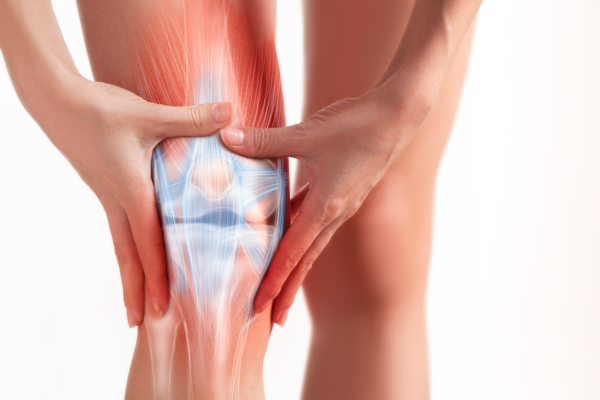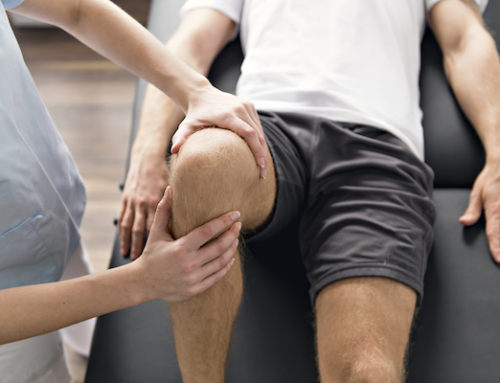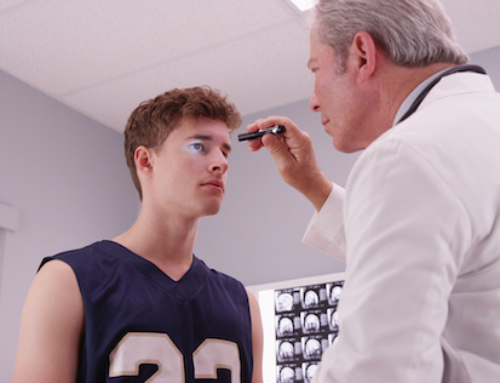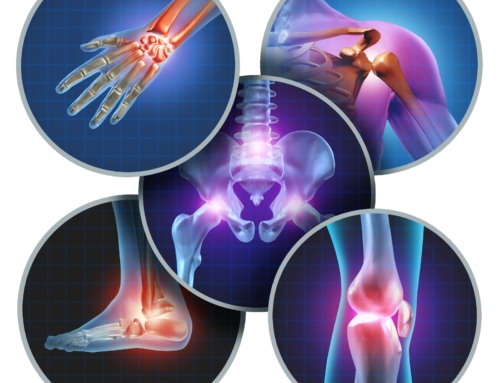The ACL (anterior cruciate ligament) is one of the four ligaments that helps stabilize the knee, but since it has such a crucial role, it is the most commonly discussed knee injury. ACL tears are very common, and these injuries tend to occur when the knee is straightened and pivoted at the same time. ACL tears can occur in anyone but are often seen in athletes. Read on to learn more about what to do after you tear your ACL and how the injury can be successfully treated.
Treating the ACL at Home
It is not always possible to seek medical treatment as soon as an injury occurs, so if you suspect that you have torn your ACL, there are steps that need to be taken at home. It is extremely important to note that you will need to seek medical treatment for this type of injury, and home treatment should only be practiced until you are able to see a doctor. You should immediately put ice on your knee, and then apply compression. In order to minimize swelling of the knee, you will need to continue using the ice 20 minutes on and 30 minutes off for the first two to three days after the injury. Weight bearing if painful should be avoided. Movement of the knee is important and one should seek advice from either an Athletic Trainer or Physical Therapist to help prevent stiffness and muscle atrophy prolonging a possible surgical procedure.
Diagnosis
Pain, swelling, and instability in the knee are indications that you need to see a doctor. Your orthopedic surgeon will be able to determine if you have an ACL tear by simply examining your knee, but sometimes an MRI will be used to either confirm the injury or to see if you have damaged any other parts of the knee.
Rehabilitation
Once it is determined that you have torn your ACL, your doctor will discuss treatment options with you. Rehabilitation will be used prior to surgery and following surgery. This is done to regain joint motion, neuromuscular control, strength and stability. The job of the athletic trainer and or therapist is to treat and educate the patient about the recovery process and how to prevent future instability in the knee.
Surgery
Surgery is required if the instability in your knee will significantly affect your quality of life. Surgery is often performed once your knee has obtained a certain degree of motion so as to not prohibit your recovery following surgery. ACL reconstruction involves the torn ACL being replaced with a substitute graft made of existing tendon There are several options for tissue grafts and your surgeon will discuss with you which is the best option. Tunnels are drilled into the knee joint, and the graft is passed through the tunnels and locked into place. To see how this is done click here: (ADD LINK TO VIDEO ON WEBSITE: https://www.drrogerchams.com/practice-expertise/knee-conditions/acl-injury/)
Post-Surgery
After the surgery is complete, there will be clear post-operation guidelines. Surgical dressings should be changed the following day and waterproofed with surgical dressing. Bathing and showering over the wounds is not permitted for the first 4 weeks. Rehabilitation/physical therapy will be necessary and begins the following day after surgery. Pain can be minimized through the use of ice, elevation, immobilization, pain medication, crutch walking, and performing your home exercises as prescribed.
ACL Tear Treatment with an Orthopedic Specialist Near You
If you suspect that you have torn your ACL, seeing a doctor and receiving treatment as soon as possible is key to your recovery. Dr. Roger Chams is a board certified orthopedic surgeon located in Illinois and specializes in Sports Medicine and knee and shoulder disorders. He and his staff are highly experienced in treating ACL tears and various knee injuries. Contact us today to make an appointment, and we will get your recovery on track in no time!






